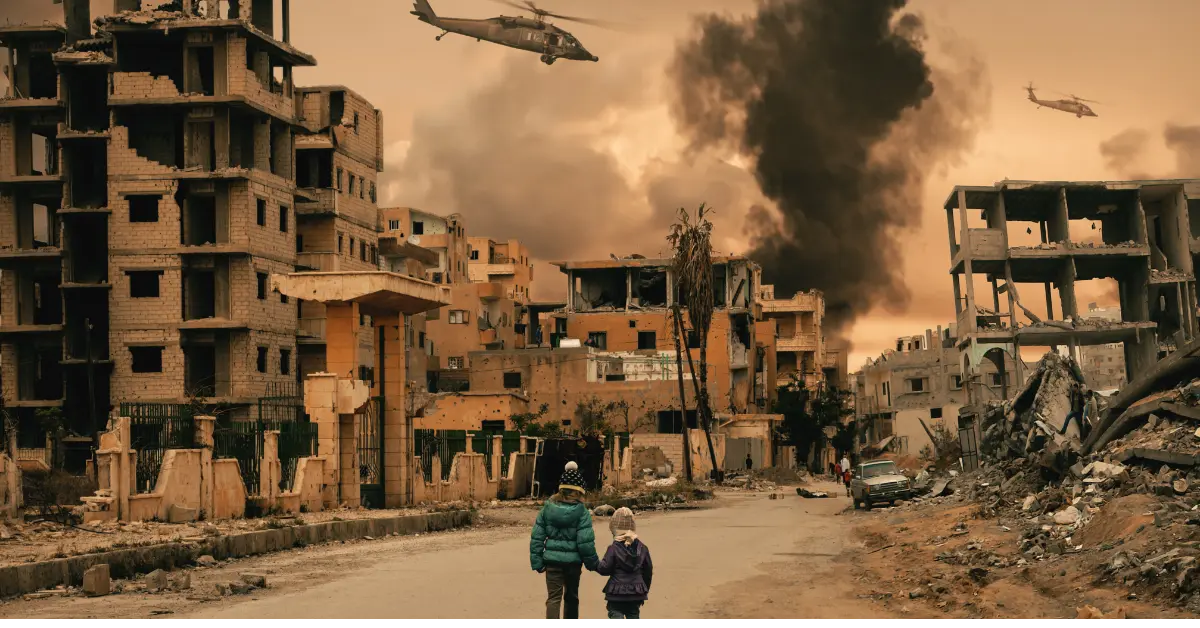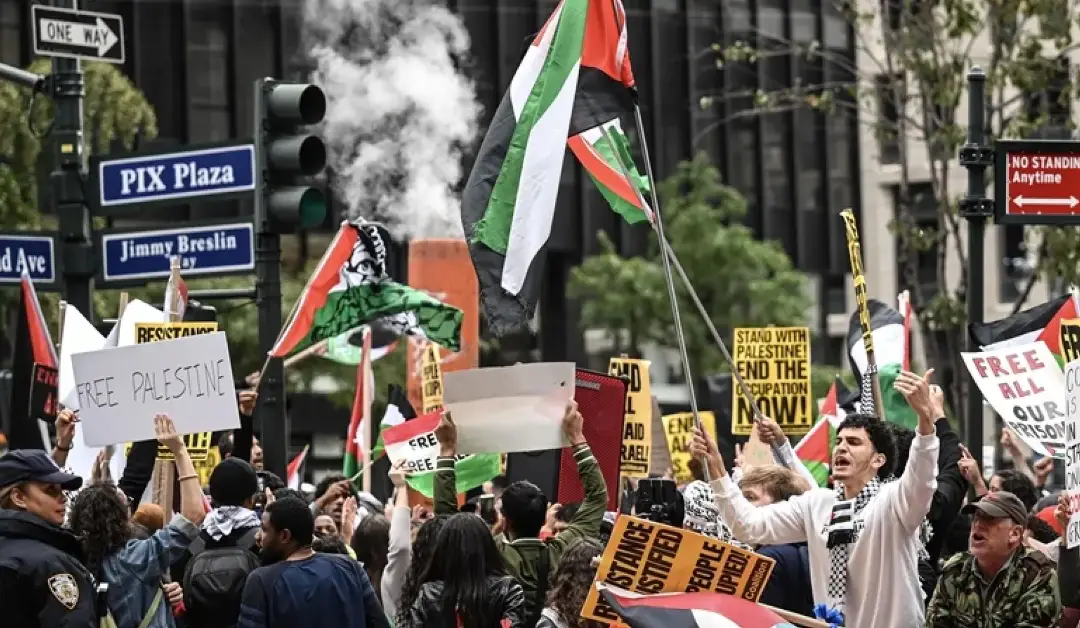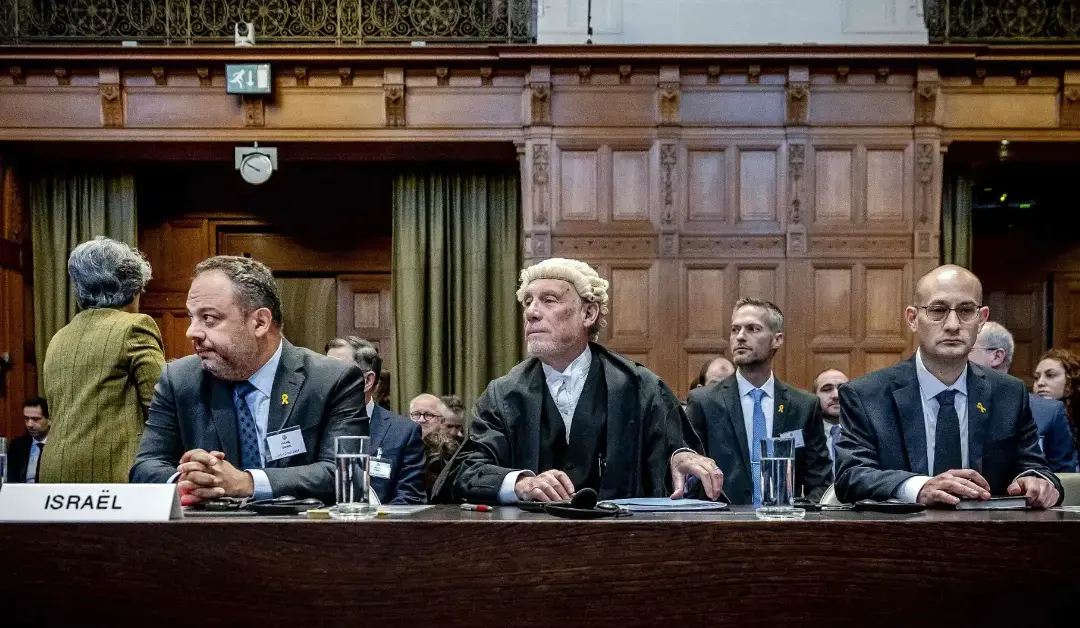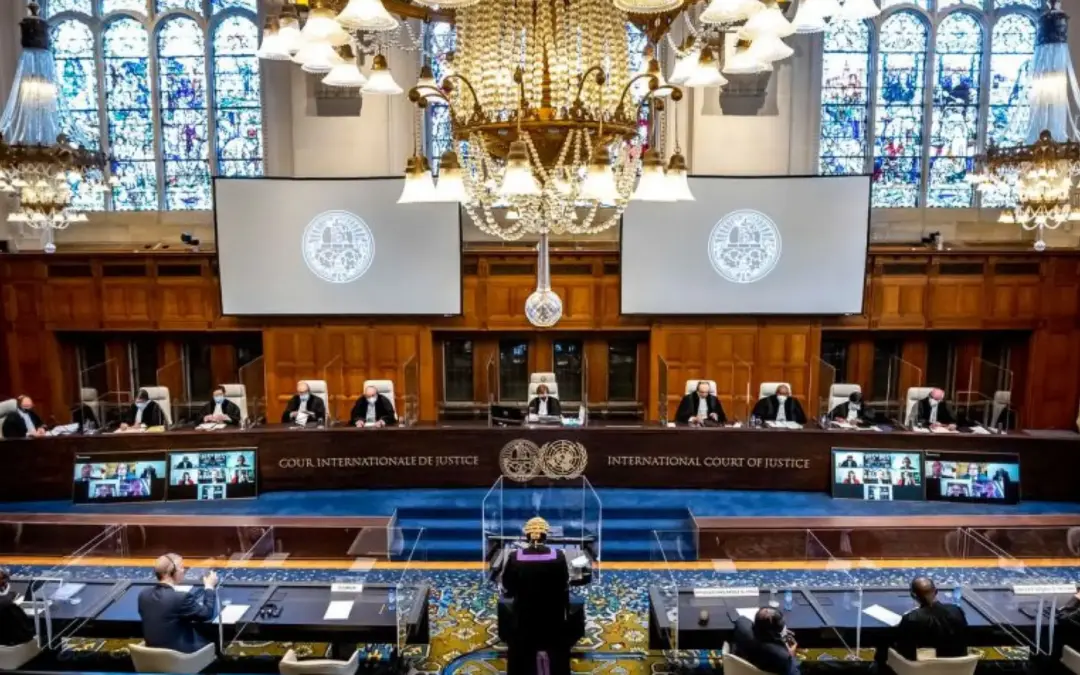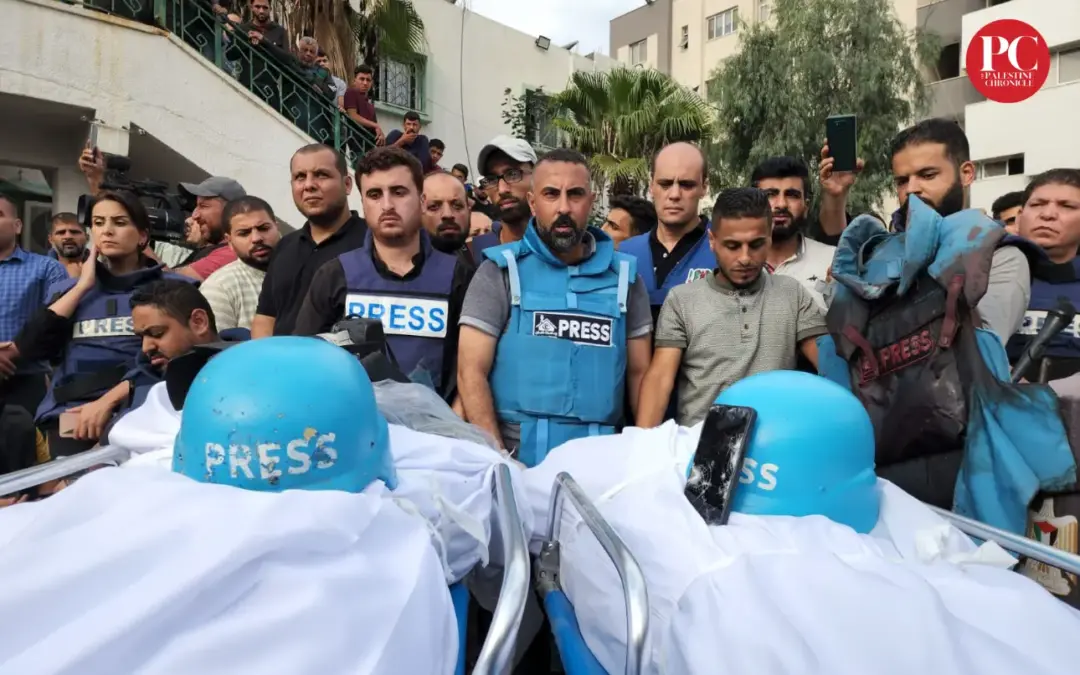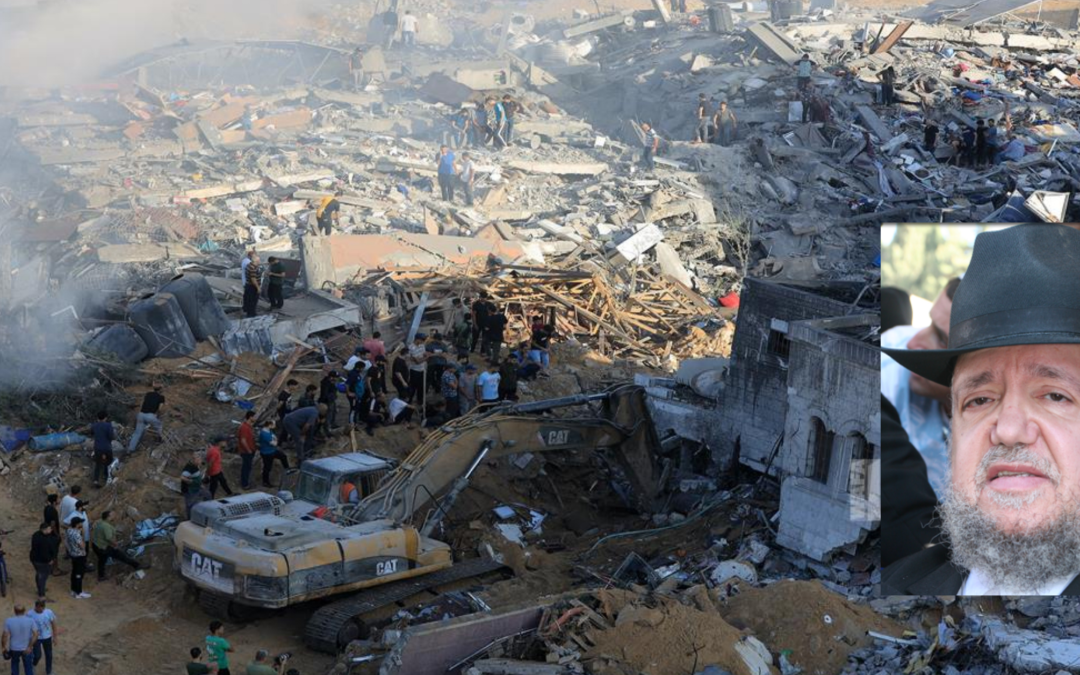As the sun set on another day in Gaza, the air was thick with fear and uncertainty. For ordinary Palestinians living in this beleaguered strip of land, life has become a never-ending cycle of turmoil and despair. The recent escalation of hostilities between Israel and Hamas has once again pushed them to the brink of despair, leaving them grappling with the harsh realities of an unrelenting conflict.
By Monday, the retaliation was in full swing, as Defense Minister Yoav Gallant issued a chilling directive – a “complete siege” of Gaza. “I have given an order – Gaza will be under complete siege. No electricity, no food, no fuel. Everything closed. We are fighting barbaric (terrorists) and will respond accordingly,” he declared on camera, further exacerbating the dire situation. Gallant’s statement went even further, announcing the cut-off of water supply to the enclave, leaving no facet of daily life untouched by the devastating consequences of this decision.
In response, IDF spokesperson Rear Adm. Daniel Hagari revealed on Sunday that Israel had targeted approximately 800 sites in Gaza, including what he described as launching pads used by Hamas. The toll on human lives was grim, with the Palestinian Ministry of Health in Gaza reporting at least 560 Palestinians killed and a further 2,900 injured by Monday. Heartbreakingly, among the casualties were 78 children, innocent lives caught in the crossfire of a conflict not of their making.
The Gaza Strip has been effectively isolated from the rest of the world for nearly 17 years. Governed by Hamas since 2007, the enclave has been subjected to a strict siege imposed by both Egypt and Israel. This siege, accompanied by an air and naval blockade maintained by Israel, has earned Gaza the grim distinction of being referred to as the “world’s largest open-air prison” by Human Rights Watch. The suffering of ordinary Palestinians living in this confined space knows no bounds.
For the people of Gaza, the constant threat of violence is a haunting specter that looms over every aspect of their lives. A resident of Gaza expressed the collective sentiment when he said, “Palestinians in Gaza are living in panic and fear, preparing for the next bomb to crash into a building. I just want a house to live in with my kids. I just want shelter.”
The ongoing conflict between Israel and Hamas continues to exact a heavy toll on the civilian population of Gaza. The international community’s attention must remain focused on this humanitarian crisis, where innocent lives are being shattered, and hope is a fleeting luxury. As the world watches, the ordinary Palestinians of Gaza find themselves caught in a cycle of despair, yearning for the elusive promise of peace and a life free from fear.

